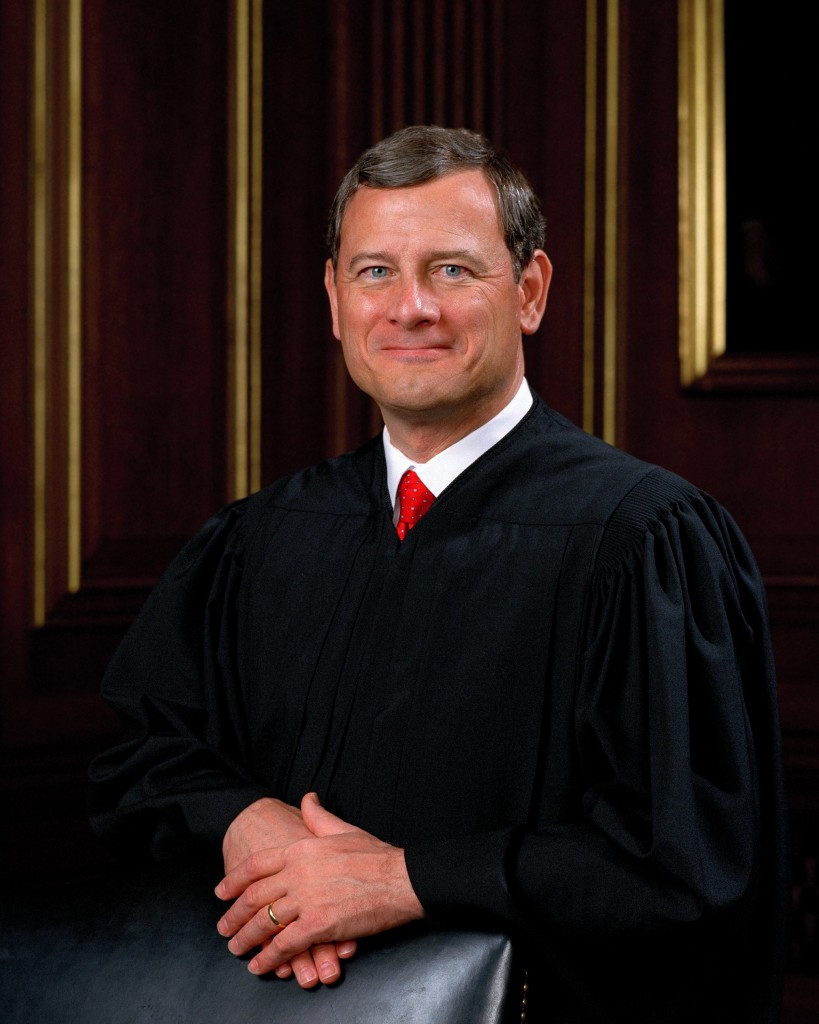
Chief Justice rules that Clean Air Act enforcement will continue while EPA completes cost analysis
In a victory for the Obama Administration, Supreme Court Chief Justice John Roberts has decided unilaterally to allow enforcement of the Clean Air Act to continue, despite the full court’s decision in June that ruled the EPA failed to take into account the costs of the regulations.
The states currently fighting the EPA on the implementation of the Clean Air Act, headed by Michigan, said the court’s unprecedented decision to stay the implementation of the Clean Power Plan ahead of its litigation made the request for a stay of implementation on the mercury rules associated with the Clean Air Act “even more warranted,” since the court has already decided the agency exceed its authority.
The Supreme Court decided to stay the implementation of the Clean Power Plan in a 5-4 vote, split along ideological lines, before the EPA’s regulations could go into effect. While that stay will remain in place, the death of Associate Justice Antonin Scalia has many wondering what the ultimate fate of the regulations could be.
Chief Justice Roberts announced his decision less than a day after the EPA responded to the request to stay the implementation of the Clean Air Act, upholding the lower court’s decision to allow the regulation’s implementation while the EPA retroactively does a cost/benefit analysis.
EPA spokeswoman Melissa Harrison confirmed that the agency plans to finalize amendments to the rule that it hopes will bring the regulation into compliance, reports The Hill.
The mercury regulation, according to the states litigating against the Clean Air Act, “has imposed literally billions of dollars of compliance costs on utilities (and by extension on all members of the public who use electricity), and even if a similar rule is lawfully imposed at some time in the future, the quite substantial time-value of that money has already been lost and is irrecoverable.”
Robert’s decision to act unilaterally, and not extend the stay given to the Clean Power Plan to the Clean Air Act, may indicate a shifting stance in the court since the death of Justice Scalia.







